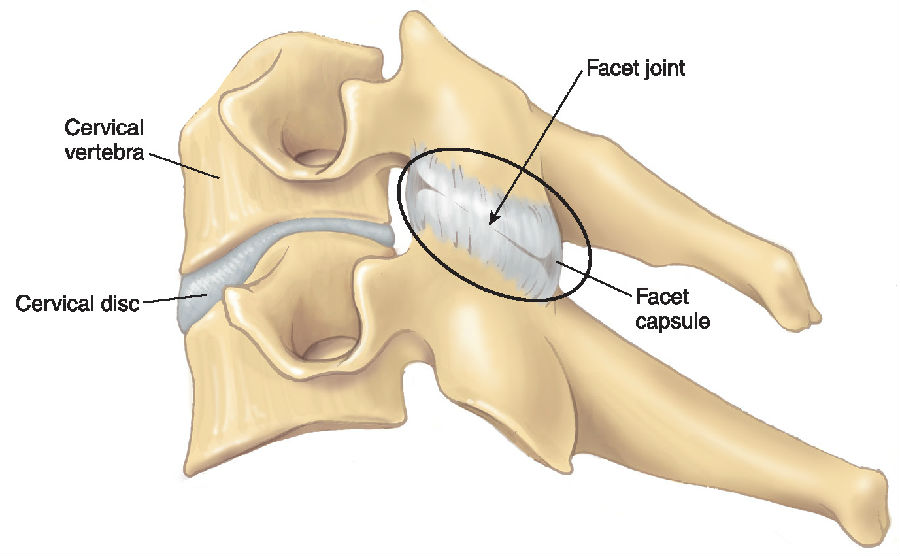The majority of bones in the human body are long bones.
身体大多数骨骼为长骨。
These bones have similar structure with a central shaft or diaphysis that widens at each end, which is called an epiphysis.
且结构类似,都拥有骨干或中轴,各端点宽大,我们称之为骨端。
Most bones are covered with a thin connective tissue membrane called the periosteum, which contains numerous blood vessels, nerves, and lymphatic vessels.
大多数骨头上覆盖着薄薄一层叫做骨膜的结缔组织膜其中包含许多血管、神经和淋巴管。
The dense and hard exterior surface bone is called compact bone.
外层质地致密,且十分坚硬,我们称之为骨密质。
Cancellous or spongy bone is found inside the bone.
内部为大量骨松质。
As its name indicates, spongy bone has spaces in it, giving it a sponge-like appearance.
名如其物,骨松质含有网眼,形状似如海绵。
These spaces contain red bone marrow.
网眼中含有大量红骨髓。
Red bone marrow manufactures most of the blood cells and is found in some parts of all bones.
多数血细胞由红骨髓产生,红骨髓布满全身所有骨骼。
The center of the diaphysis is a single open space called the medullary cavity.
骨干中央有一处单一开阔地带,我们称之为骨髓腔。
This cavity contains yellow bone marrow, which is mainly fat cells.
骨髓腔含有大量黄骨髓,主要为脂肪细胞。
PROCESSES AND DEPRESSIONS IN BONES
骨骼的凸起和下沉
Bones have many projections and depressions.
骨骼有许多凸出和下沉。
Some are rounded and smooth in order to articulate with another bone in a joint.

Others are rough to provide muscles with attachment points.
为肌肉提供附着点,有些干枯粗糙。
Generally, the term process is used when discussing bony projections.
通常而言,我们会在谈论骨骼凸起时用到专有名词“process”。
In addition, bones have hollow regions or depressions.
此外,骨骼还有中控区域和下沉。
JOINTS
关节
Joints are formed when two or more bones meet.
两根或以上骨骼汇合处为关节。
This is also referred to as an articulation.
我们也称之为连接。
There are three types of joints based on the amount of movement allowed between the two bones.
以两块骨骼活动为基准,关节可分为三类。
The types are synovial joints, cartilaginous joints, and fibrous joints.
分别是滑液关节、软骨性关节以及纤维关节。
Most joints are freely moving synovial membrane.
多数关节为可自由活动的滑液关节。
These joints are enclosed by an elastic joint capsule and contain a lubricating fluid called synovial fluid secreted by the synovial membrane.
外面附着着伸缩性关节滑囊,它含有一种滑膜分泌的润滑液,我们称之为滑液。
The ends of bones in a synovial joint are covered by a layer of articular cartilage.
滑液关节末端被一层关节软骨包围。
Cartilage is very tough, but still flexible.
软骨虽然僵硬,但伸缩性好。
It withstands high levels of stress to act as a shock absorber for the joint and prevents bone from rubbing against bone.
它可承受高强度压力,为关节起到减震作用,防止骨骼间相互磨损。


